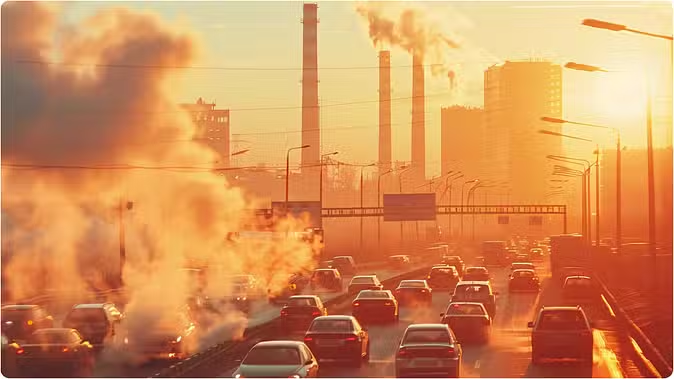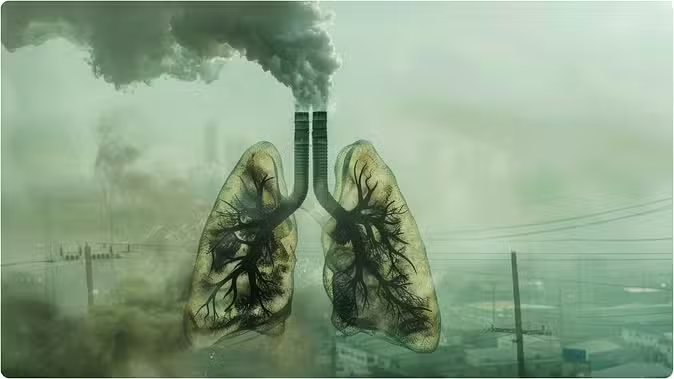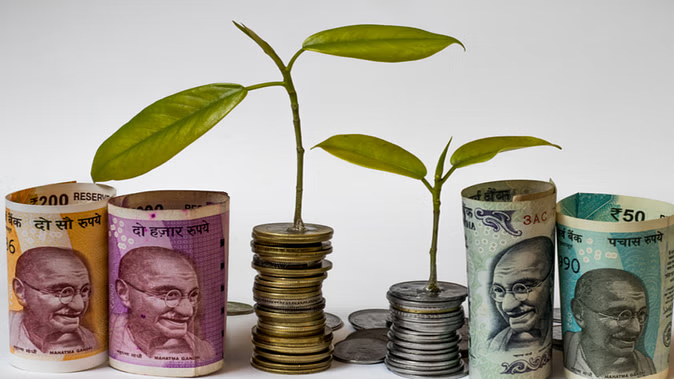The air quality in the capital Delhi-NCR is continuously deteriorating. Given the deteriorating situation, Grape-4 has been implemented here. On Monday (November 18), the day started with dense fog and haze. Visibility has come down to 150 meters in some places. According to the Central Pollution Control Board (CPCB), the Air Quality Index (AQI) was recorded at more than 450 on Monday morning. It is considered to be in the category of Severe +. AQI reached 500 in Dwarka.

This kind of air is considered to have serious side effects on health in many ways. In view of the rising level of pollution in Delhi, health experts have advised all people to remain alert.
According to the news agency ANI, many people are facing problems like irritation in the eyes, difficulty in breathing, cough, and cold due to pollution. Along with air, and water pollution is also seen at dangerous levels here. Health experts have expressed concern that such conditions can be harmful to overall health in the long term.
GRAP-IV was implemented in view of deteriorating air quality
According to media reports, earlier on Sunday, Delhi's AQI was recorded at 441. This was the fourth day in November when the air quality was at such a poor level. The situation was even worse on Monday morning. In view of the deteriorating situation, Graded Response Action Plan (GRAP) 4 has been implemented in Delhi, in which strict rules have been implemented regarding pollution control.
When the AQI exceeds 450, GRAP-IV is implemented, in which construction work is completely stopped. Schools can be closed and odd-even can be implemented.
How dangerous is an AQI of more than 450
Health experts said that an AQI of more than 450 is very harmful, especially for the health of children and the elderly. The deteriorating quality of air can increase serious respiratory and heart diseases, about which everyone should be alert.
To know how dangerous the increasing pollution is for health, we spoke to Dr Virendra Singh, a respiratory disease specialist at a hospital in Noida. The doctor says pollution is dangerous for our health in both short-term and long-term conditions. There is a risk of serious side effects due to the category of Severe+.
Asthma or breathing problems may be triggered.
Dr. Virendra says an AQI of 450 or more is considered 'very severe'. This kind of air quality is most dangerous for those who are already suffering from any chronic disease. For example, people who already have asthma or bronchitis are at risk of it being triggered. Apart from this, it is also harmful to blood pressure and heart health.
The level of harmful pollutants such as particulate matter (PM2.5 and PM10), nitrogen dioxide, sulfur dioxide, and ozone increases in the air. These pollutants can enter the lungs and bloodstream, causing many types of problems.

Take measures to avoid pollution.
Health experts said exposure to high levels of air pollution causes irritation in the eyes, nose, and throat, difficulty in breathing, and cough. Symptoms start worsening in individuals with diseases like asthma, bronchitis, or chronic obstructive pulmonary disease (COPD), which may require hospitalization. It is even more dangerous for the health of children, the elderly, and pregnant women.
Given the deteriorating air quality, it is important to limit outdoor activities. Do not go out of the house unless necessary. If it is necessary to go out, wear a mask. Asthma patients should always keep an inhaler with them. Use an air purifier to keep the air inside the house clean.
(PC: Adobe stock)










